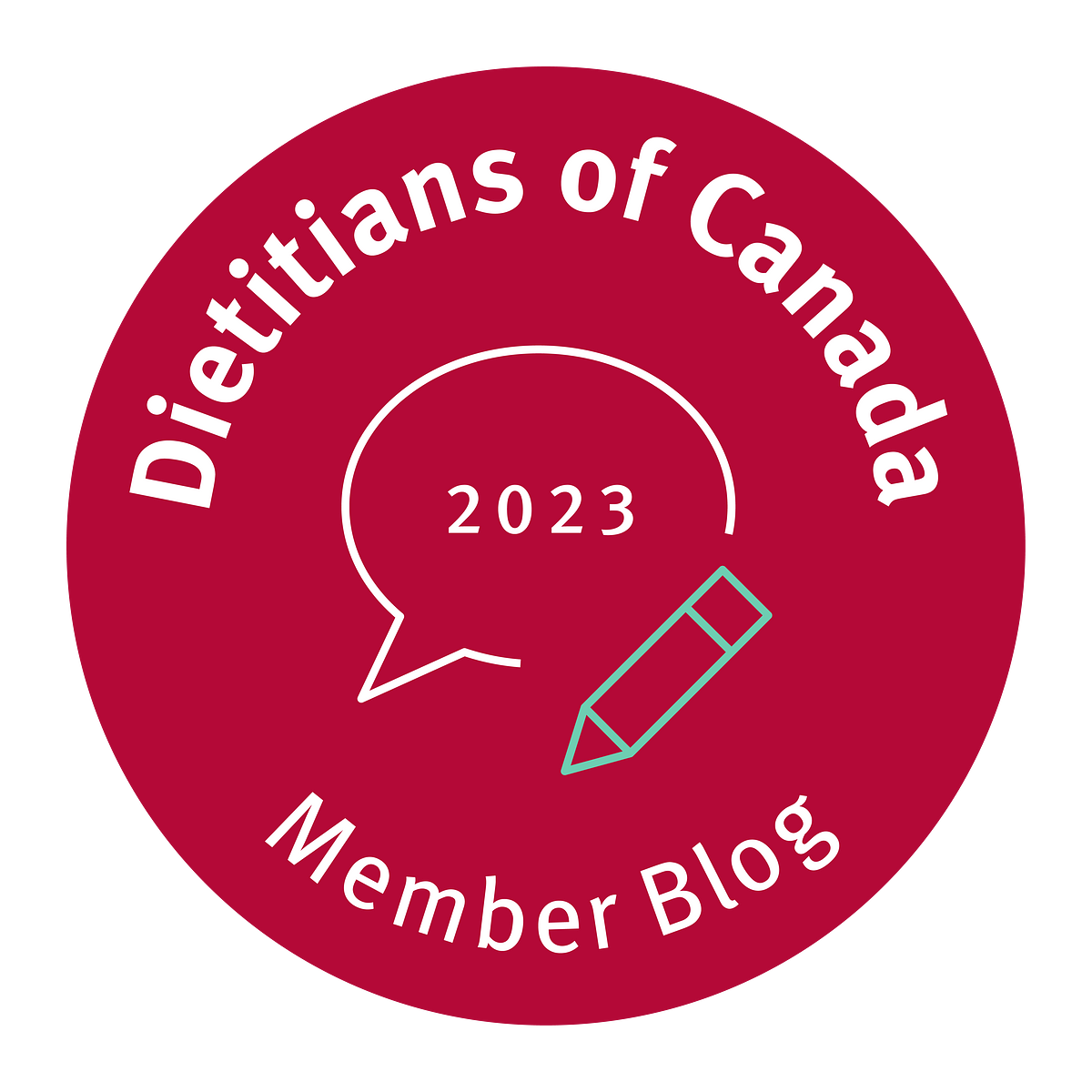 This article originally appeared on Canadian Food Focus, and I received monetary compensation from them to research and write this information. My articles represent my personal and professional views. I am one of many dietitian writers for Canadian Food Focus, which is a source for Canadian food and farming stories that provide advice to help you make confident food choices.
This article originally appeared on Canadian Food Focus, and I received monetary compensation from them to research and write this information. My articles represent my personal and professional views. I am one of many dietitian writers for Canadian Food Focus, which is a source for Canadian food and farming stories that provide advice to help you make confident food choices.
If you’re a vegetarian, you’re probably eating a variety of plant-based foods such as fruits, vegetables, whole grains, legumes, nuts and seeds. Following a plant-based eating style has many benefits, such as a lower risk for developing heat disease, type 2 diabetes and colon cancer. But did you know that you could be missing out on some important nutrients? Here are 3 key nutrients to think about.
Iron
Iron is a part of hemoglobin that’s in red blood cells and helps carry oxygen throughout our body. There are two different forms of iron:
- heme iron – found in animal-based foods such as meat, poultry, fish, shellfish and eggs
- non-heme iron – found in plant-based foods such as vegetables, grains, legumes and tofu.
Heme iron has better bioavailability, in other words, it is more easily absorbed by our body compared to non-heme iron. For this reason, it’s recommended that vegetarians get almost two times more iron as non-vegetarians, especially adults and adolescent females.
To improve the absorption of non-heme iron, try these tips:
- Enjoy your meal with a food or drink that contains vitamin C (e.g. citrus fruit, citrus fruit juice, kiwis, mangoes, cantaloupe, sweet peppers, bok choy, broccoli, kale, potatoes).
- Add a food that contains heme iron if you include these foods in your diet (e.g. fish, shellfish, eggs).
- Cook with cast iron pots.
- Avoid drinking large amounts of coffee or tea, or having high amounts of calcium at the same time as your vegetarian meal because these block iron absorption. Wait about one to two hours after a meal before enjoying coffee, tea or taking calcium supplements.
- Try the Lucky Iron Fish, a reusable cooking tool that adds extra iron to your foods and beverages.
Best vegetarian foods for iron:
- Iron-fortified grain products (e.g. breads, cereals, pasta)
- Whole grains and whole grain foods
- Legumes (e.g. split peas, lentils, beans)
- Soy / soy products (e.g. firm or extra firm tofu, tempeh, soy veggie burger, fortified soy beverage)
- Nuts / nut butter
- Seeds / seed butter (e.g. pumpkin seeds, sesame seeds, hemp seeds)
- Dark green vegetables (e.g. Swiss chard, asparagus, edamame, snow peas, kale)
- Dried fruit (e.g. raisins, dried apricots)
- Prune juice
- Blackstrap molasses
Zinc
Zinc is important for a strong immune system and helps with wound healing. Vegetarians, especially vegans, can be at a higher risk for zinc deficiency because fruits and vegetables contain very little zinc. If you’re a pescatarian, try fish and seafood for zinc. If you’re a lacto-ovo vegetarian, you can get zinc from eggs and dairy products.
Plant-based foods contain phytates (a natural substance found in grains, nuts, seeds and legumes) which actually reduces zinc absorption. To improve the absorption of zinc, try soaking grains, nuts, seeds and legumes before cooking.
Best vegetarian foods for zinc:
- Legumes (e.g. beans, split peas, lentils)
- Nuts and nut butters (e.g. almonds, peanuts, cashews, pecan, pine nuts)
- Seeds (e.g. pumpkin seeds, sunflower seeds, sesame seeds)
- Whole grains
- Fortified cereals
Vitamin B12
Vitamin B12 is important for healthy nerve cells and for making red blood cells. Vitamin B12 is found naturally only in animal-based foods. Many plant-based foods are fortified with vitamin B12 such as fortified plant-based beverages and products labelled as “simulated meat products” or “simulated poultry products.” If you’re vegan, it may be helpful to take a vitamin B12 supplement. Talk to a Registered Dietitian for more advice.
Best vegetarian foods for vitamin B12
- Plant-based foods fortified with vitamin B12 (e.g. fortified soy yogurt, veggie burgers, simulated meat products, simulated poultry products)
- Plant-based beverages fortified with vitamin B12 (e.g. fortified soy / oat / rice / almond beverage)
- Fortified nutritional yeast
There are many delicious foods to enjoy on a vegetarian diet. If you’re not sure whether you’re getting enough nutrients or have questions about supplements, consult with a Registered Dietitian.
References: Health Canada (2022 May 7). Applying Canada’s Dietary Guidelines – Considerations for Vegetarian Diets.

 This article originally appeared on
This article originally appeared on 